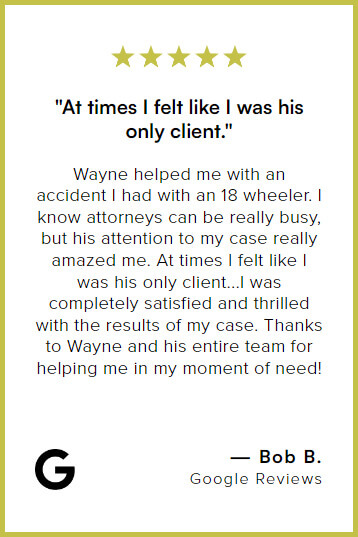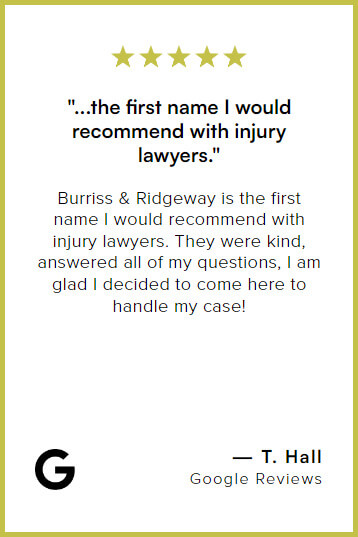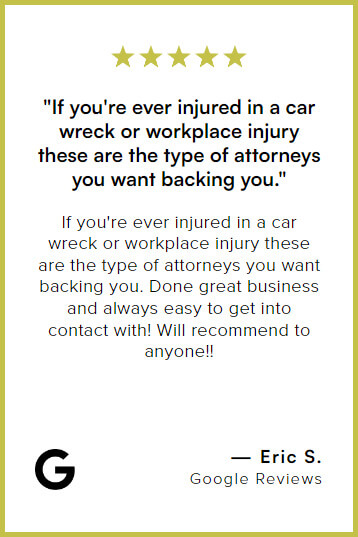You might have seen the slick-looking three-wheeled vehicle, the Slingshot, and decided you want one for yourself. However, you might worry that it will not be legal to drive in South Carolina if you do.
Fortunately, Slingshots are legal to operate anywhere in the state. In fact, you do not even need a motorcycle license to drive one. Your standard driver’s license is all you need. You still need to get your Slingshot insured and wear a helmet if you are younger than 21. You must also follow all the same rules that apply to cars and motorcycles, so no lane-splitting or driving on the shoulder. However, the simple fact that you were driving a Slingshot cannot be used against you if you file a claim for injuries.
For a free case assessment with our South Carolina motorcycle accident attorneys, contact Burriss Ridgeway Injury Lawyers at (803) 451-4000.
Are Slingshots Legal to Drive in South Carolina?
Slingshots are three-wheeled autocycles produced by Polaris that offer riders the open feel of a motorcycle with the stability of a car. A Slingshot is essentially a hybrid of a car and motorcycle, with two wheels at the front, one in the back, and an open cab. If you are considering purchasing one in South Carolina, you might wonder if they are legal to drive in the state, and if so, what requirements you must meet to do so. Fortunately, South Carolina classifies Slingshots as motorcycles, and their operators are granted the same full rights and duties other drivers have, according to S.C. Code Ann. § 56‐5‐3610.
Our South Carolina motorcycle accident attorneys can explain what duties you must observe so that you are riding safely and your legal claim will not be jeopardized if you are involved in an accident. Because Slingshots are a mix of a car and motorcycle, some motorcycle laws will apply, while others will not. The following will help you understand the state’s current legal framework regarding Slingshots use:
License Requirements
South Carolina is one of 49 states that does not require Slingshot operators to possess a motorcycle license or “M” endorsement. This means that you do not have to take classes and a riding course to get your Class M license. All you need to hit the road on your Slingshot is at least a standard Class D motor vehicle license and the minimum insurance coverage all drivers must carry. You must carry at least $25,000 for bodily injury per person and $50,000 for all parties injured in the accident. Your policy must also include $25,000 for all the property damage in the accident and uninsured motorist coverage equal to at least the minimum amount of your liability coverage.
Helmet and Safety Gear Requirements
As mentioned, Slingshots are open cab, meaning there is no roof or covering, so it is always a good idea to wear a helmet while riding one. However, it is not mandatory unless the operator or passenger is under 21 years old, according to § 56‐5‐3660. Slingshot riders and passengers 21 or over can choose not to wear a helmet. While you will not be pulled over or ticketed for not wearing a helmet, it could hurt your chances of recovering compensation in a legal claim if it contributed to your injuries.
Slingshots are typically equipped with a windscreen, so you and your passengers do not have to wear goggles or face shields, as per § 56‐5‐3680. If the Slingshot does not have a windscreen and the operator is under 21, they will need to wear goggles or a face shield under § 56‐5‐3670.
Lane Usage Requirements
Slingshots are agile vehicles, so there might be some temptation to whip around traffic. This would not only be dangerous, it is typically against the law. “Lane splitting,” the act of going between lanes of traffic or rows of vehicles, is prohibited by § 56‐5‐3640(c). This includes going between cars on the road, using the shoulder or emergency lane, and overtaking another vehicle in the same lane. Essentially, you should follow all the same rules and regulations on your Slingshot that you would if you were driving any other vehicle.
Will Driving a Slingshot Be Used Against Me in a South Carolina Legal Claim?
The fact that you were on a Slingshot when the accident happened cannot be used as evidence of your negligence if you are trying to recover compensation in a lawsuit. You must have done something specifically to contribute to the crash, like speeding or weaving through traffic. Perhaps you were distracted by friends you were driving around or taking in the sights. This would be evidence of your carelessness if committed, not that you were on a popular recreational vehicle.
In a legal claim, our team will negotiate with the insurance company in the hopes of settling the case before a trial is necessary. During negotiations, the insurance company will look for any evidence it can use to argue your contributory negligence. Under the state’s comparative negligence rule encoded in § 15-38-15, your recoverable damages can be lowered if you are partially at fault for the accident and completely denied compensation if your share of liability is greater than 50%.
For instance, if you were not wearing a helmet and you sustained traumatic head injuries, the insurance company can argue that this contributed to your increased damages and will likely fight your demand. Traffic violations like speeding and illegal lane that the police cite you for can also be used as evidence of negligence per se, that is, negligence shown by the violation itself. However, failing to wear a seatbelt cannot be used against you as proof of negligence in either an insurance claim or a trial, no matter if you were ticketed for the offense, according to § 56-5-6540(C).
Call Our South Carolina Motorcycle Accident Attorneys Today for Help with Your Legal Matters
Contact our Columbia, SC motorcycle accident lawyers at Burriss Ridgeway Injury Lawyers by calling (803) 451-4000 for your free case review.






